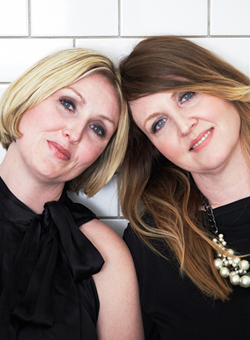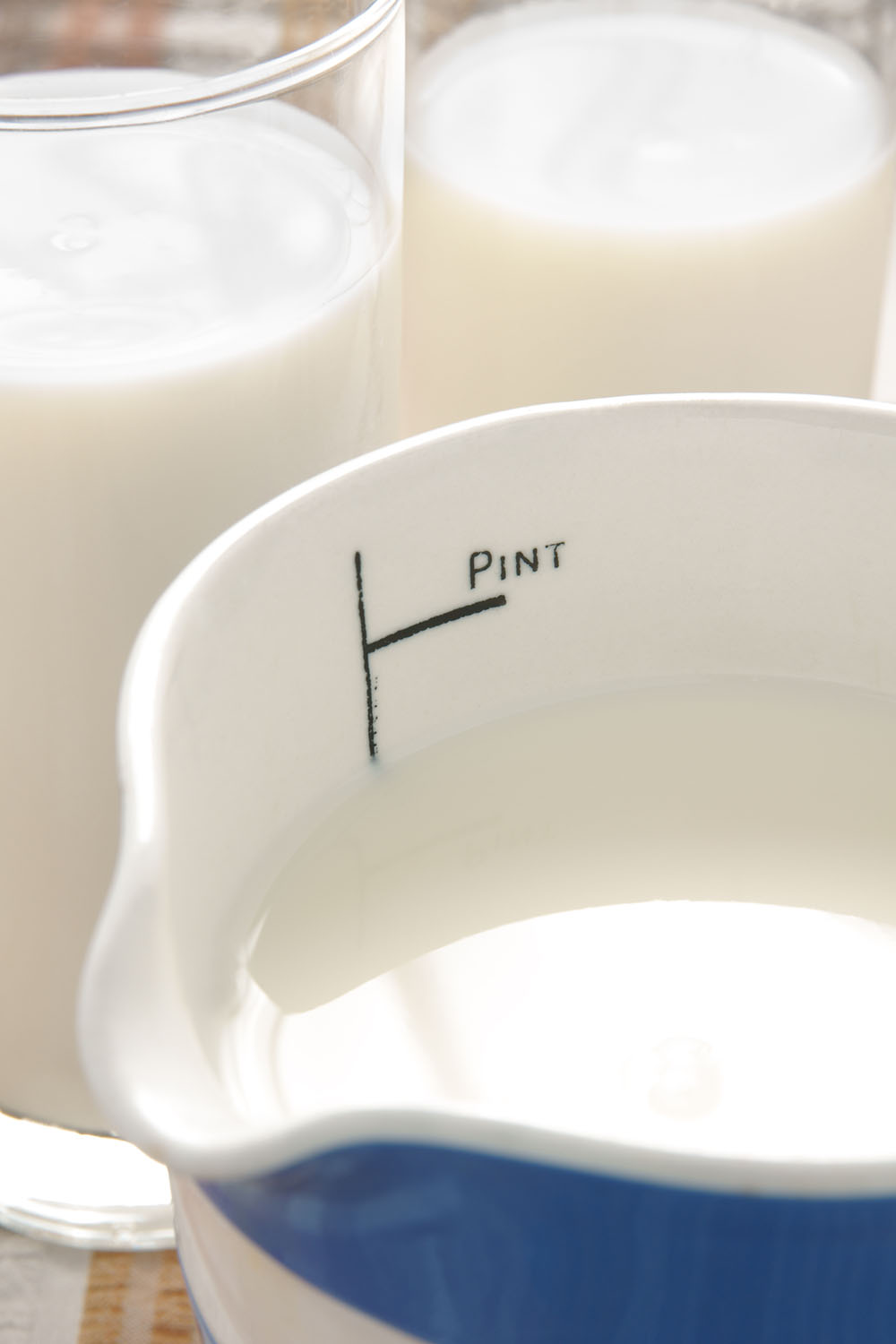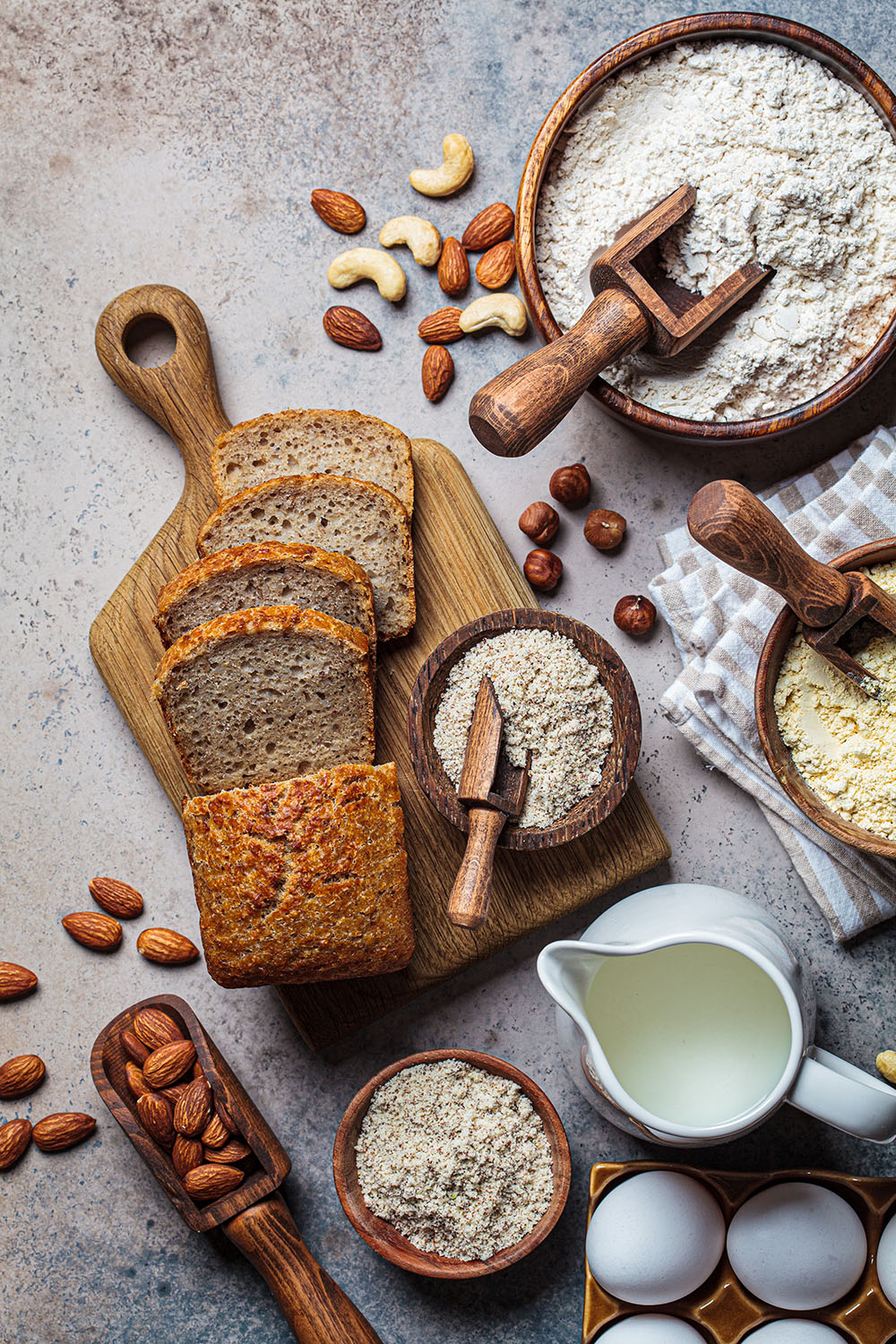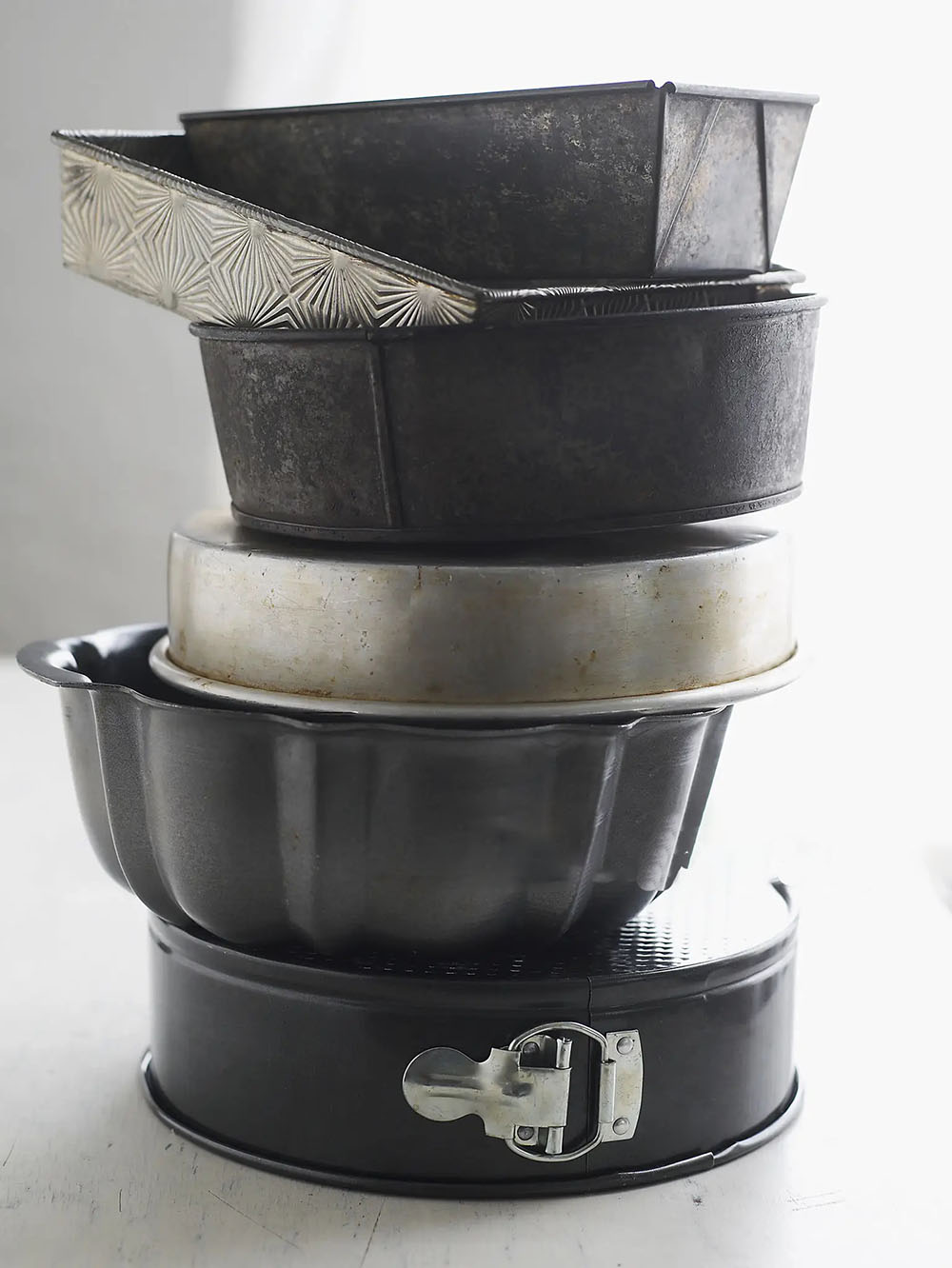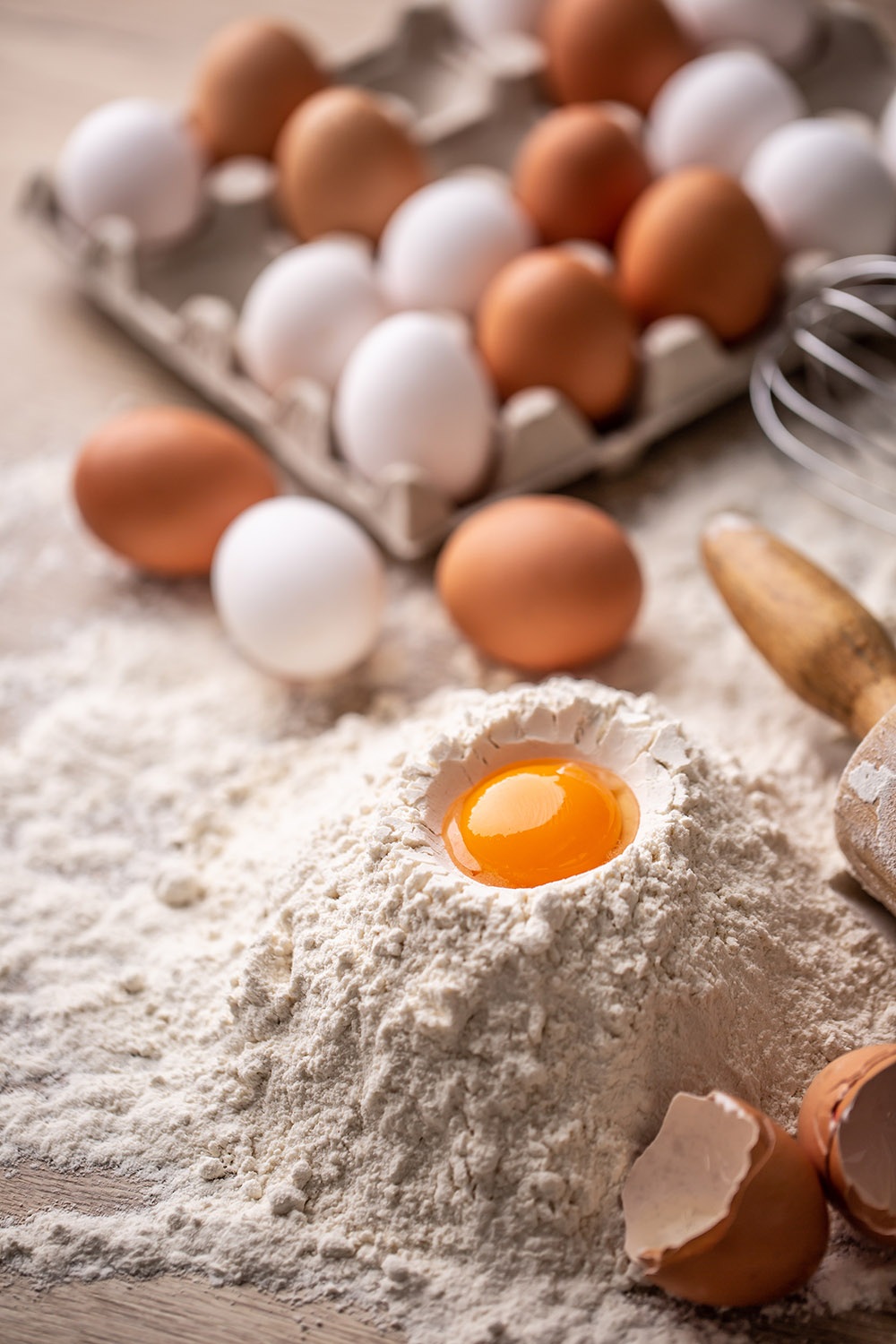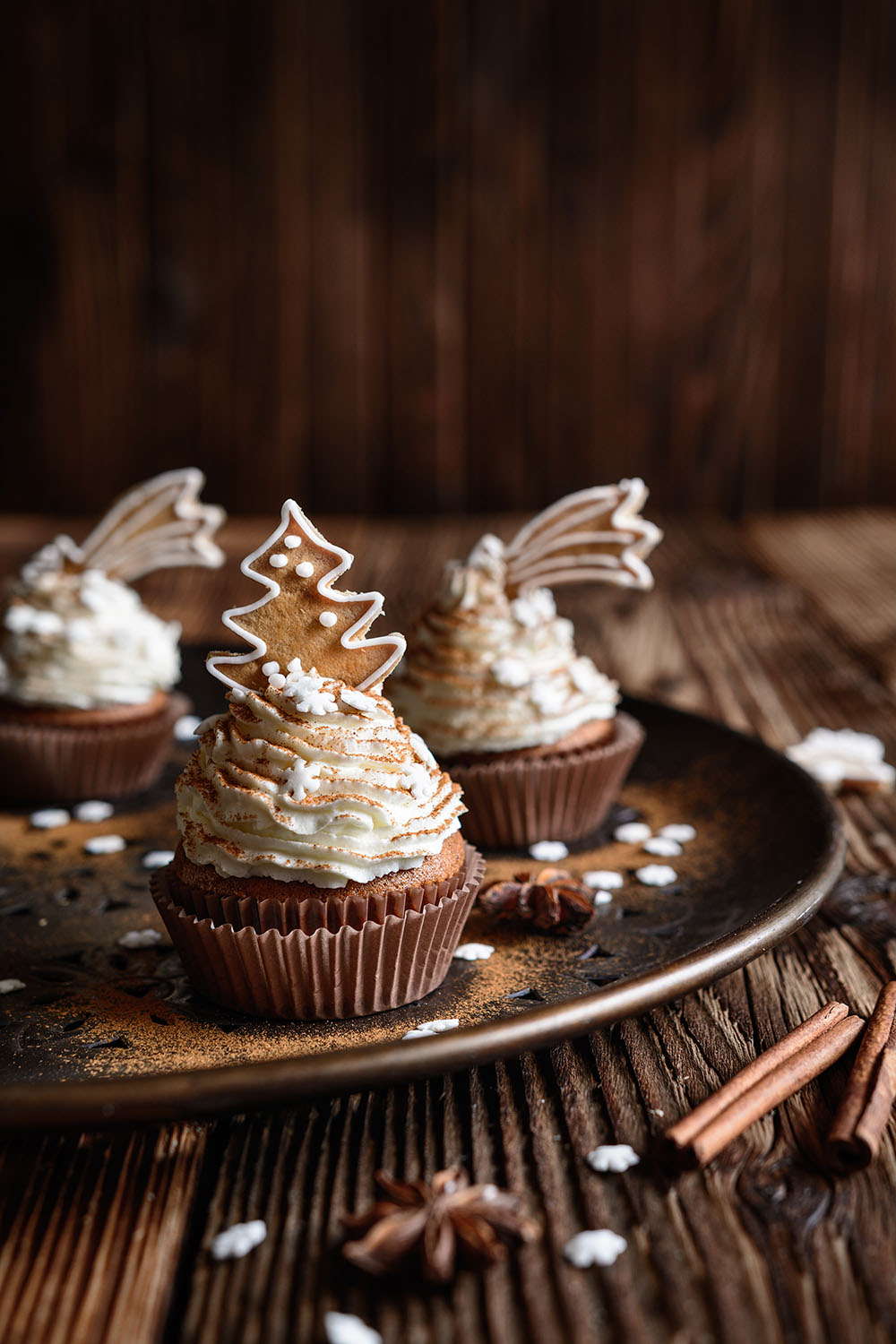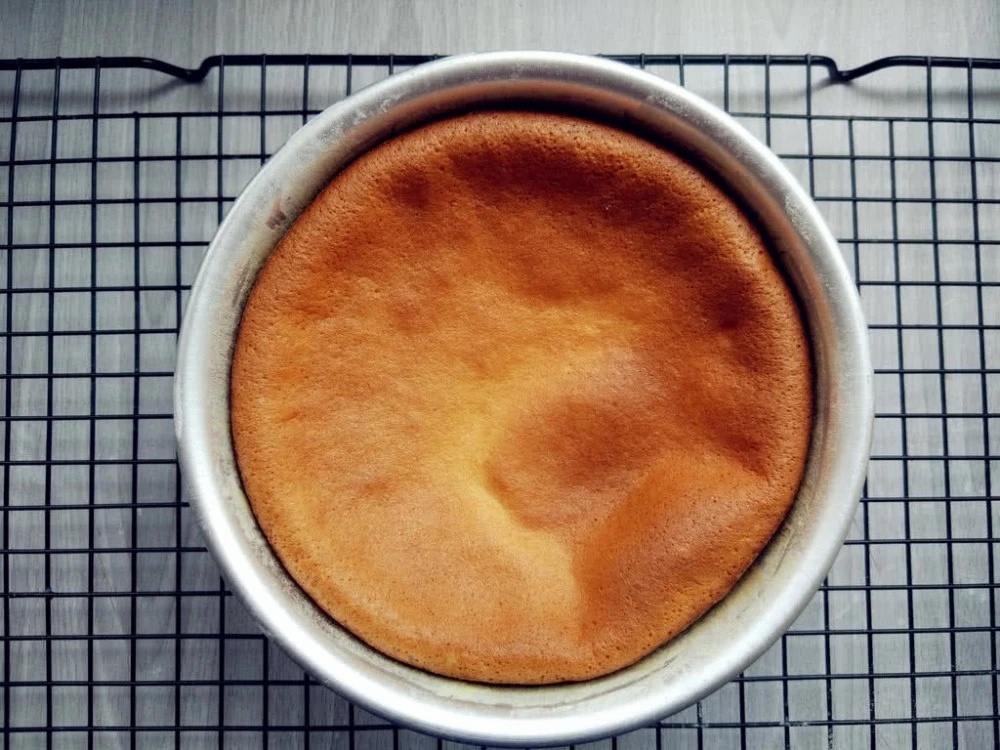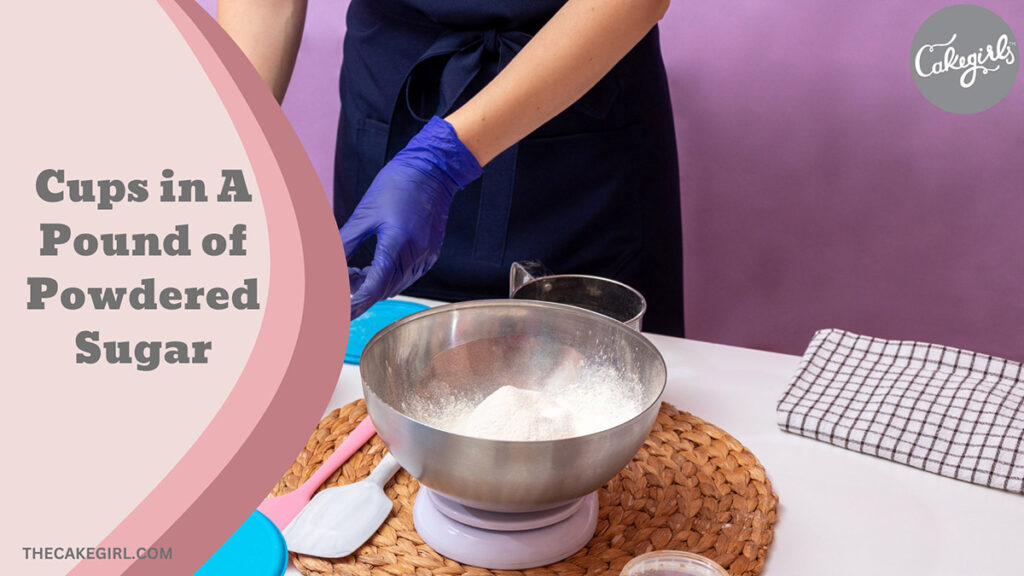
A must-have ingredient for baking, powdered sugar is the secret behind the flavorful frosting that has drawn thousands of customers to my old bakery!
After years of baking, converting powdered sugar units from pounds to cups has become my second nature. But I get it; this task can be slightly tricky for beginners. No need to sweat it, though, because I’m here to help you break down cups in a pound of powdered sugar. Keep scrolling!
In This Articles:
All There Is To Know About Powdered Sugar
It’s Different From Granulated Sugar
Powdered sugar is essentially granulated sugar but ground into an ultra-fine powder.
Granulated sugar often feels coarse and sandy, right? But powdered sugar, on the other hand, is super fine and almost chalky. And here’s a fun fact: most commercial powdered sugar has a bit of cornstarch mixed in to prevent clumping.
How I Use It In My Kitchen
As a senior baker, I can tell you powdered sugar is not just a close cousin to regular sugar; it plays an entirely different role during baking. How so?
Mixing granulated sugar with butter creates millions of small air pockets for a light, airy dough texture. But powdered sugar, with its finer texture, can’t quite produce the same delicate air pockets, resulting in a crumblier and denser feel instead!
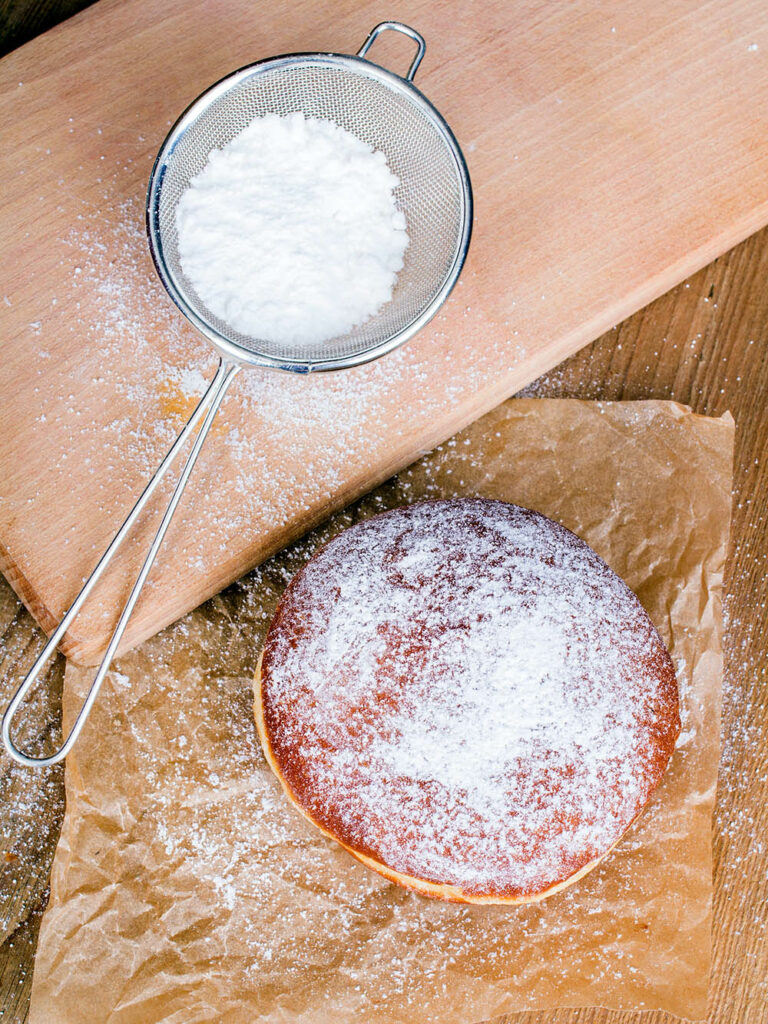
Long story short, powdered sugar is the best bet if you’re all about that tender, melt-on-the-tongue kind of shortbread. For those who prefer crunchy, crispier cookies (like chocolate chips), granulated sugar can never do you wrong.
Better yet, unlike the granulated type, powdered sugar easily dissolves at room temperature without much stirring. That’s all the more reason to use it for your buttercreams, glazes, icings, or any mixtures that require a smooth and grain-free texture!
How Many Cups of Powdered Sugar In A Pound?
One pound of powdered sugar clocks in at about 4 cups, the usual size for most standard packages.
An interesting fact about powdered sugar is its incredibly light and fluffy texture. That’s why, in the showdown below, you will get more cups per pound of this sugar than any other type.
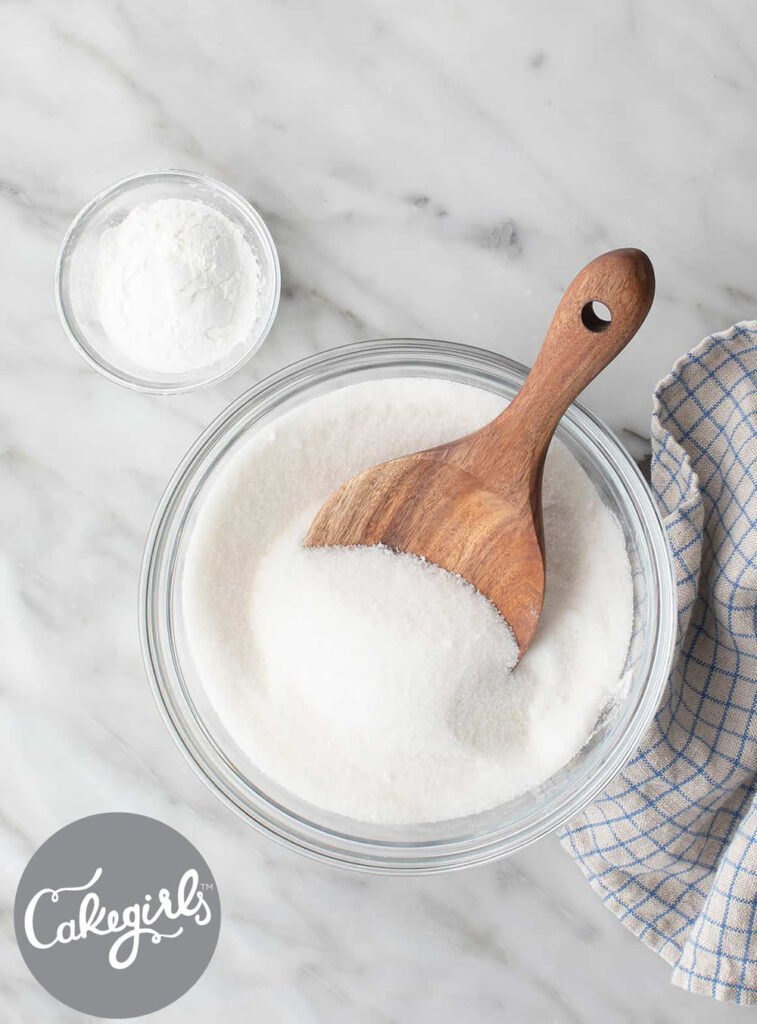
A Brief Comparison
Brown Sugar
Now, let’s talk about brown sugar (both dark and light varieties). A pound of this sugary guy is around 3 1/2 cups when it’s all loose and free-flowing.
But here’s the twist: when you pack it real tight into your measuring cups, the total amount is shortened to approximately 2 1/4 cups. And trust me, most customers at my bakery usually ask for that densely packed brown sugar rather than its lighter version!
Granulated Sugar
Lastly, there’s granulated sugar – my go-to sweetener.
One pound should give you roughly 2 cups. Granulated sugar has the tiniest grain size among the three, which makes it the heaviest by weight. As a result, in the sugar pound-to-cup ratio, you end up with the fewest cups per pound of granulated sugar compared to the others.
Below is a rough summary:
| Types of Sugar | Sugar to Pounds | Sugar in Cups |
| Powdered Sugar | 1 pound | 4 cups |
| Brown Sugar | 1 pound | – 3½ cups (loose) – 2¼ cups (packed) |
| Granulated Sugar | 1 pound | 2 cups |
There Is A Difference Between Sifted And Unsifted Powdered Sugar!
Powdered sugar usually weighs around 4 1/2 ounces per cup straight out of the box. So, if you have a 1-pound box (about 16 ounces), expect it to hold roughly 3 1/2 to 4 cups of powdered sugar.
One minor issue, however: your recipe might call for either unsifted or sifted sugar. Sifted sugar usually occupies more room in a measuring cup than unsifted; just about 4 ounces of it already equals 1 cup, meaning 4 cups in a pound of unsifted sugar! But you can get up to 4 1/2 cups with the sifted type.
The powdered sugar I have bought in the past ten years for my bakery usually comes unsifted, whether packed in a plastic bag or box. Keep an eye on your recipe instructions to figure out whether to sift it before or after you measure it out.
How to Sift Powdered Sugar
You only need a hand sifter (or fine-mesh strainer) and a huge bowl.
Hold the strainer or sifter over the bowl, then sprinkle a few spoonfuls of sugar into that strainer. But don’t fill it right up; that might create a sugary mess everywhere! Instead, just give it a gentle shake or let it crank slowly.
And what if you do not have a fancy sifter on hand? No worries! You can still stir the sugar with a whisk or simply fluff it up using a fork. At least that works like a charm for me.
How to Convert 1 Pound of Powdered Sugar to Other Units
You can scoop out 64 ¾ tablespoons (US standards) from 1 pound of powdered sugar. I have also compiled a full chart to make things easier for you!
| Pounds of Powdered Sugar | US Tablespoons |
| 0.1 pounds | 6.49 tablespoons |
| ⅕ pounds | 13 tablespoons |
| 0.3 pounds | 19.5 tablespoons |
| 0.4 pounds | 25.9 tablespoons |
| ½ pounds | 32.4 tablespoons |
| 0.6 pounds | 38.9 tablespoons |
| 0.7 pounds | 45.4 tablespoons |
| 0.8 pounds | 51.9 tablespoons |
| 0.9 pounds | 58.4 tablespoons |
| 1.0 pounds | 64.9 tablespoons |
| 1.1 pounds | 71.3 tablespoons |
| 1 ⅕ pounds | 77.8 tablespoons |
| 1.3 pounds | 84.3 tablespoons |
| 1.4 pounds | 90.8 tablespoons |
| 1 ½ pounds | 97.3 tablespoons |
| 1.6 pounds | 104 tablespoons |
| 1.7 pounds | 110 tablespoons |
| 1.8 pounds | 117 tablespoons |
| 1.9 pounds | 123 tablespoons |
How about teaspoons? Well, a single teaspoon of powdered sugar translates to approximately 2.8 grams (or 0.00617 pounds). You should easily figure out the rest!
But to be frank, I seriously don’t recommend using these units, even for smaller quantities. Imagine trying to measure out 13 tablespoons or 39 teaspoons just to get ⅕ pounds of sugar into your recipe; that’s too much counting for my liking!
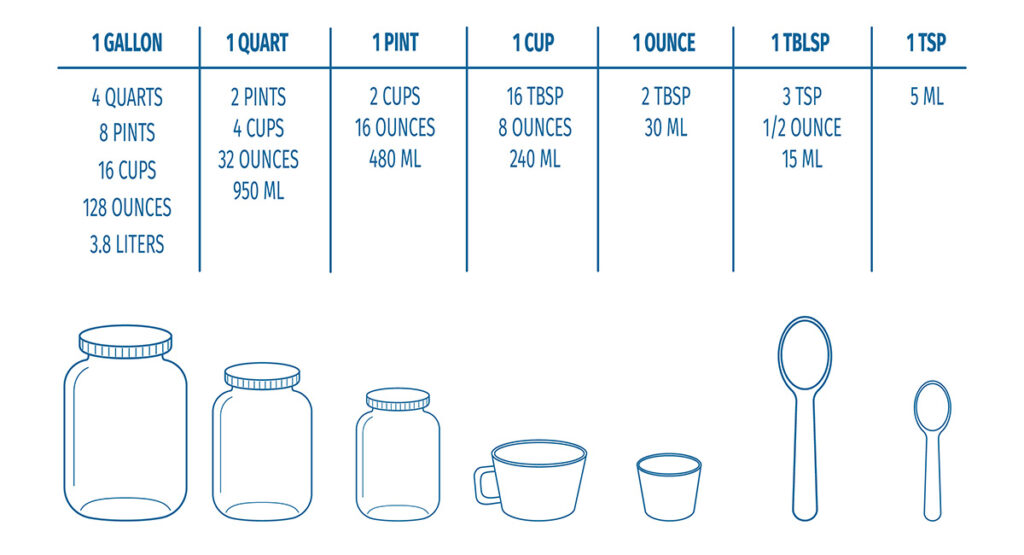
Extra Tips to Measure Powdered Sugar During Cooking
Here are some of my all-time favorite tricks when measuring this type of sugar:
- Give your powdered sugar a gentle stir or whisk in its container, which helps remove any sneaky air pockets that could mess up the measurement.
- Use a dry measuring cup since its wider top is specifically designed for easy leveling. Don’t pour your sugar into a liquid cup!
- Avoid cramming your sugar in the cup. Instead, I spoon it in gently and tap the cup’s sides to let it settle down.
- Smooth the top with a knife or spatula to get an accurate measure. No more mounds or dips!
And, of course, some extras after measuring:
- Store your powdered sugar in an airtight container to prevent moisture clumping.
- Clean any spill quickly with a damp cloth; trust me, powdered sugar can turn into a sticky mess if you let it dry!
- Have you got some leftover powdered sugar? Don’t let it go to waste; you can dust the sugar on cakes, cookies, desserts, etc. I also love to add it to frostings or glazes for that extra sweetness.
Can You Substitute Regular Sugar for Powdered Sugar?
Absolutely! Granulated sugar can stand in for powdered sugar – this is my all-time stopgap during my baking game. The swap should be simple enough: just replace 1 ¾ cup of powdered sugar with 1 cup of granulated sugar, then follow the rest of the original recipe.
However, I must admit the texture might not turn out exactly the same, especially for cake frostings where extreme smoothness is crucial.
Conclusion
1 lb of powdered or confectioners’ sugar is roughly around 3.5 to 4 cups. And to make your cooking life easier, I have put together a neat chart for easier conversions!
When racing against time or running out of ingredients, you can totally swap granulated sugar for powdered sugar. But (and this is a very important but), the swap might not always work out, particularly in delicate baking recipes where texture is key to the ultimate taste.

